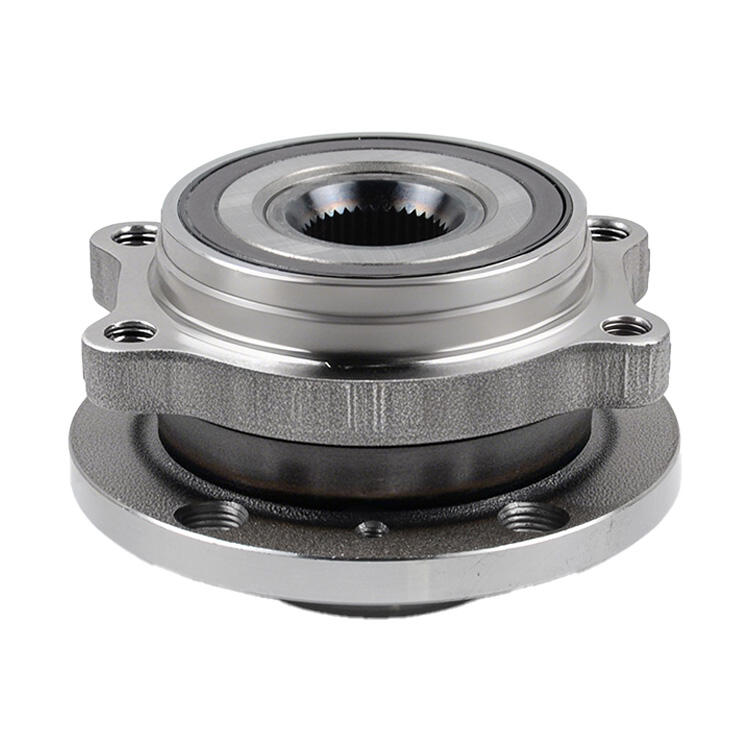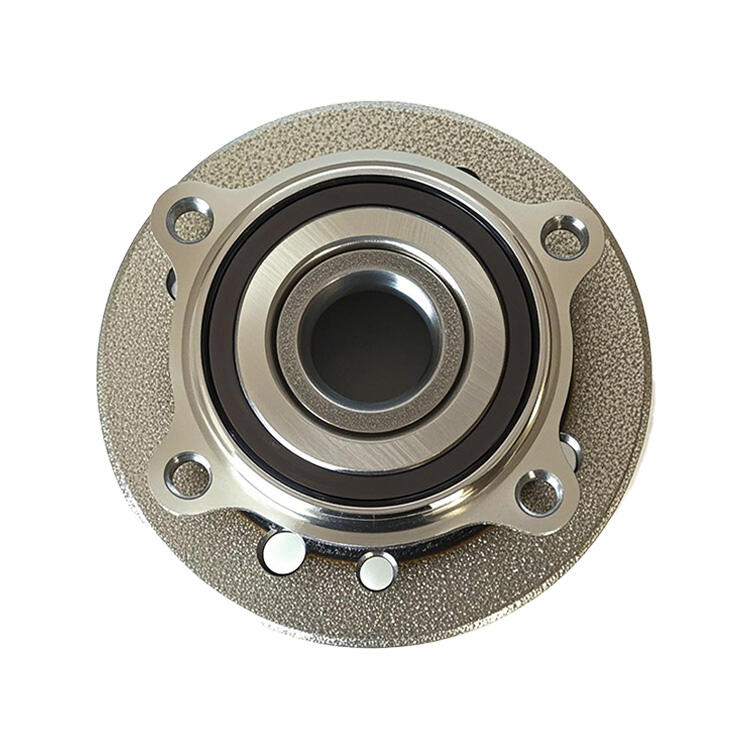Room 1709, Changan Square Office Building, Changan District, Shijiazhuang City, Hebei Province
+86 18931989553
[email protected]
If you're hearing unusual sounds coming from your wheels, it may be time to replace your hub bearings. Wheels turning smoothly depends on hub bearings. We spoke about why it’s good practice to replace hub bearings, idenfying if they need replacing and changing them yourself. We will also offer tips on choosing between original parts and various brands, and highlight common mistakes to avoid. What is hub bearing replacement?
Hub bearings are tiny cogs in your car’s wheels. They minimize friction while the wheels turn, so you can enjoy a smooth, quiet ride. Hub bearings can wear out in time due to regular use and poor weather. You may hear this happening, feel it shaking or realize your wheels aren't exactly lining up. Your fur car will be secured and functional with the new hub bearing in place.
There are some indications that your hub bearings may need to be changed. If you hear a grinding or growling sound from the wheels, it may indicate that the bearings are worn. You can also feel a lot of vibration in your steering wheel or see that your tires are wearing unevenly. If you see that footprint, you should have a professional inspect the hub bearings to see if they need replacing.
If you feel comfortable and have the proper tools, you can do this yourself by replacing your hub bearings. A plain woman’s guide to finding your voice on Twitter.

When replacement hub bearings are in order, you have a choice between OEM (Original Equipment Manufacturer) quality parts or aftermarket parts. OEM parts are made by your vehicle’s manufacturer, and are designed to fit properly. They can be more expensive, but they tend to be good quality. Aftermarket parts are produced by other companies and often not as good, but they can also often be less expensive. Consideration of your budget and how much you value a quality product will also help you to make a decision.

Swapping hub bearings can be a simple operation, but only if you avoid common mistakes. One mistake is not torquing the axle nut properly, leading bearings to wear out prematurely. Fail to properly clean and lubricate the hub assembly prior to the installation of new bearings. AND it’s impossible to say without knowing what tools you’re using, but using the wrong tools will contribute to issues. As always, follow the directions, and if there’s something you’re unsure of, ask.